Helvetia is far from charming and resembles a misshapen potato. Helvetia has a wonderful place in the sun but is ice-cold, in fact deathly cold. Let me be clear, Helvetia is the official name given to the small planet no. 113390, which was discovered in 2002. It is a nodule in the heavens, roughly three kilometres wide, which travels around the sun at an average distance of 344 million kilometres. The asteroid also fired the imagination and inspired rhetoric from the Swiss authorities in the year of its discovery. The address by the then Swiss President, Moritz Leuenberger, to the nation was certainly humorous: “Helvetia was discovered in outer space, increasing the proportion of females among the asteroids. A truly cosmopolitan contribution from Switzerland which proves that the universe is so close.” This discovery meant that the nation circles the sun twofold with Switzerland and Helvetia.
A giant leap for Berne
The fact that the International Astronomical Union has given a celestial body the neo-Latin name for Switzerland is an indication of the significance of the contribution made by the small nation to space research. Swiss space scientists are sometimes pioneers. Sunday, 20 July 1969 provides one such example: Before Apollo 11 astronaut Neil Armstrong celebrated his first, small step on the moon – this “giant leap for mankind” – and, together with Edwin Aldrin, planted the US flag in the surface of the moon, the two men had to conduct a Bernese space experiment. Aldrin unfolded a solar wind sail, a device which enabled solar wind particles to be caught and later investigated. The experiment was planned and analysed by the Physics Institute at the University of Berne and physicist Johannes Geiss who worked there. The solar wind sail has been engrained in the Swiss visual consciousness as a milestone achievement, despite its rather unspectacular appearance, resembling a piece of rolled-out household aluminium foil.
Service mechanic in outer space
Two years earlier, Switzerland entered outer space under its own steam. The Swiss rocket “Zenit” was launched from Sardinia and reached a height of 145 kilometres. However, Switzerland could not keep pace in the race between the major space exploration nations. Instead, it established its place in outer space as a dependable developer of components suitable for space travel. This course was well and truly set with the success of the solar wind sail. According to Peter Guggenbach, President of the Swiss Space Industries Group, almost all space missions these days contain aerospace technology from Switzerland. In light of its role as a co-founder of and contributor to the European Space Agency (ESA), Switzerland is also involved in major, joint space missions. However, those responsible for cladding rocket noses, such as for Ariane, or supplying highly sophisticated measuring systems, as in the case of the space probes Giotto and Ulysses, tend to remain in the background. To capture the imagination and have an emotional impact, personification is required, in other words faces, such as that of Claude Nicollier, Switzerland’s first and only astronaut to date. He travelled into space in 1992 as a NASA astronaut. In 1999, he completed the image of a typically Swiss astronaut. He proved himself a skilled space plumber, carrying out key repair and service work to the Hubble space telescope during extra-vehicular activity.
“Chury” superstar
And what about today? The limelight is now undoubtedly occupied by Bernese astrophysicist Kathrin Altwegg. She and her team developed Rosina, the measuring instrument on board the Rosetta probe used to analyse the tail of the comet Churyumov-Gerasimenko. In November, when Rosetta prepared for its landing probe to touch down on the comet after a decade-long journey, Switzerland was also giddy with excitement – simply because of the prospect of conquering new horizons. “Chury” was around 250 million kilometres from Earth at this point in time. Altwegg hopes to discover through her measurements whether comets falling to Earth once brought with them organic molecules – the building blocks of life. She is using Comet 67P as a kind of preserved remnant from the cosmic freezer and an object from the early period of our solar system. The comet, which resembles a rubber duck lurching through the universe, is a largely unchanged remainder of the gigantic disc of dust from which our solar system emerged 4.6 billion years ago. Thanks to the chemical analysis of the comet’s tail, Altwegg already knows what is being emitted by the comet: ammonia, methanol, formaldehyde and hydrogen sulphide. “Chury” therefore smells strongly of horse stables, alcohol and rotten eggs. What do these far-away odours matter to Switzerland? How will this research benefit us? Altwegg smiles and replies: “There are actually no benefits.” It is just a question of the beauty of knowledge.
Marc Lettau is an editor with the “swiss review”
Prominent Swiss figures in space research
Johann Baptist Cysat (1586 to 1657), a Jesuit priest from Lucerne, discovered new binary star systems. Jean-Philippe Loys de Cheseaux (1718 to 1751), a scholar from Lausanne, documented numerous star clusters and nebulae. Rudolf Wolf (1816 to 1893) from Zurich discovered that the cycle of sunspot activity corresponded with that of the terrestrial magnetic field. Fritz Zwicky (1898 to 1974), from Glarus but born in Bulgaria, overhauled astrophysics in the USA with his theories on extragalactic star systems. Paul Wild (1925 to 2014), from the University of Berne, discovered over 90 asteroids and seven comets, the most important of them being Wild-2.
The “Zenit” rocket developed by Hans Balsiger and Ernest Kopp was launched into space in 1967. Johannes Geiss (born in 1926) developed the Apollo 11 solar wind experiment at the University of Berne. Mathematician Bruno Stanek (born in 1943) made space exploration accessible for the mass media with programmes such as “Neues aus dem Weltraum” (News from Outer Space). The Observatoire de Genève discovered the first planet outside our solar system, the star 51 Pegasi. Claude Nicollier (born in 1944) first travelled into space as a NASA astronaut in 1992. He did a space walk in 1999. Markus Griesser (born in 1949) discovered ten main-belt asteroids as well as the small planet Helvetia in 2002. Kathrin Altwegg (born in 1951) is the latest figurehead in Swiss space research thanks to her contribution to missions such as Giotto and Rosetta.
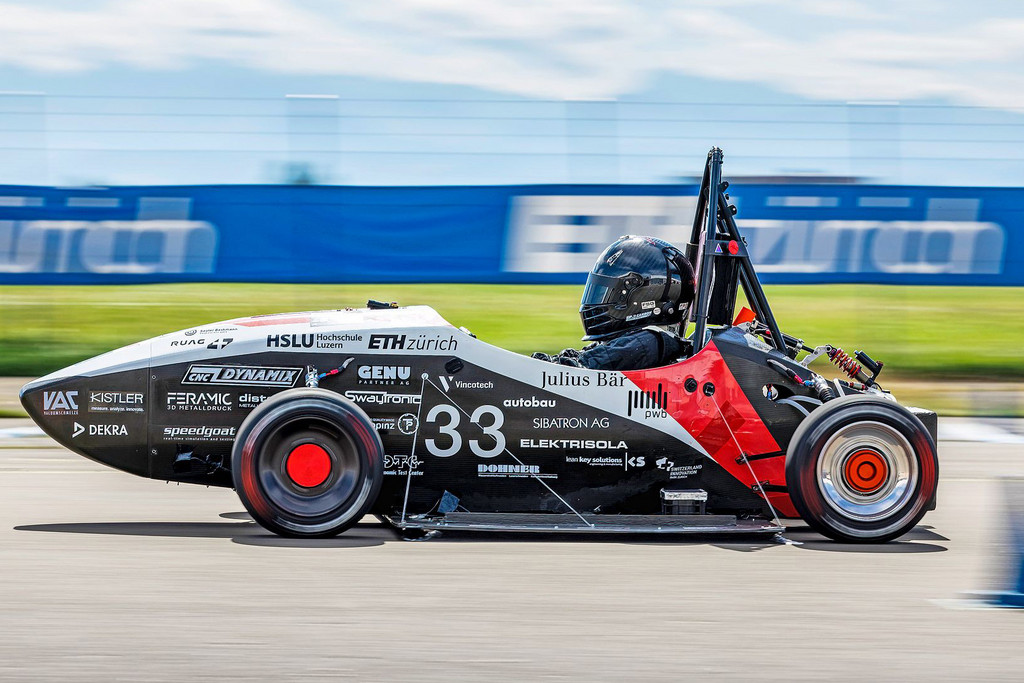
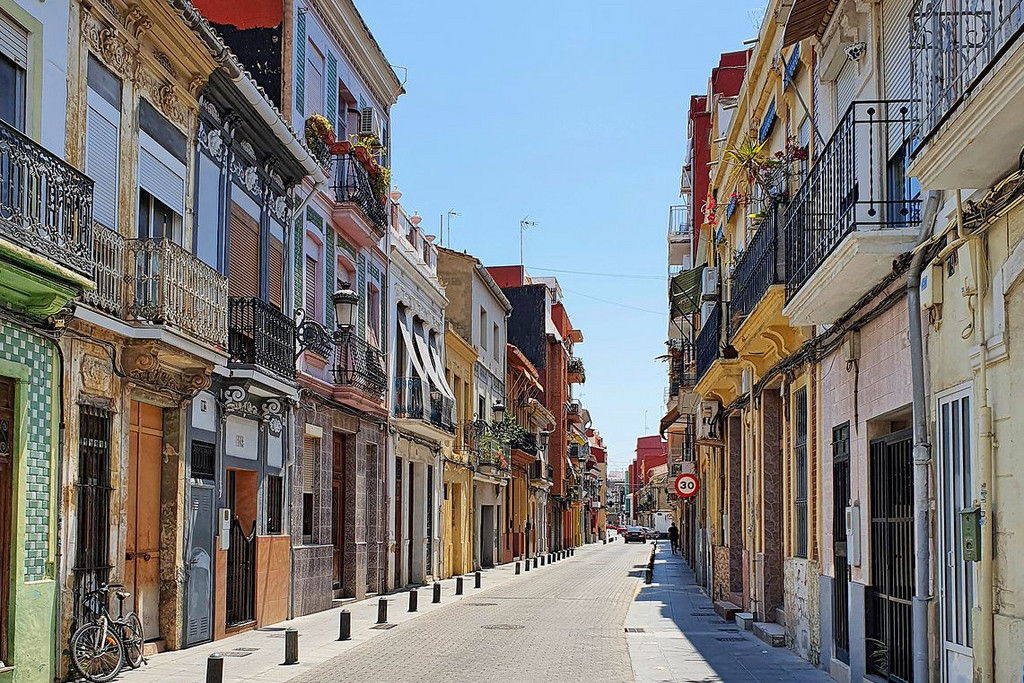
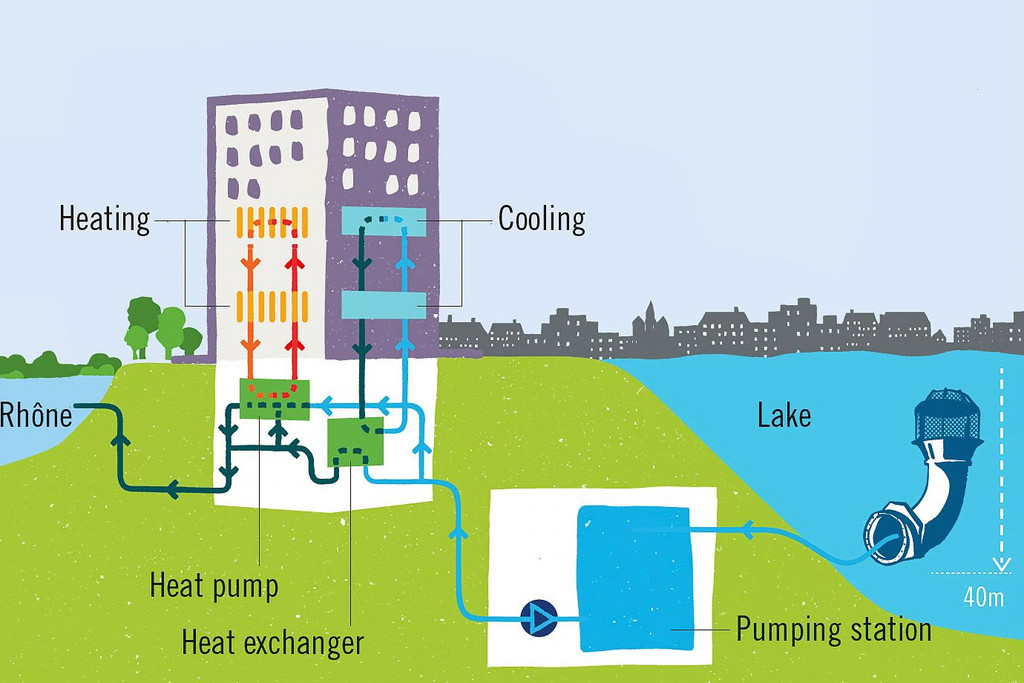
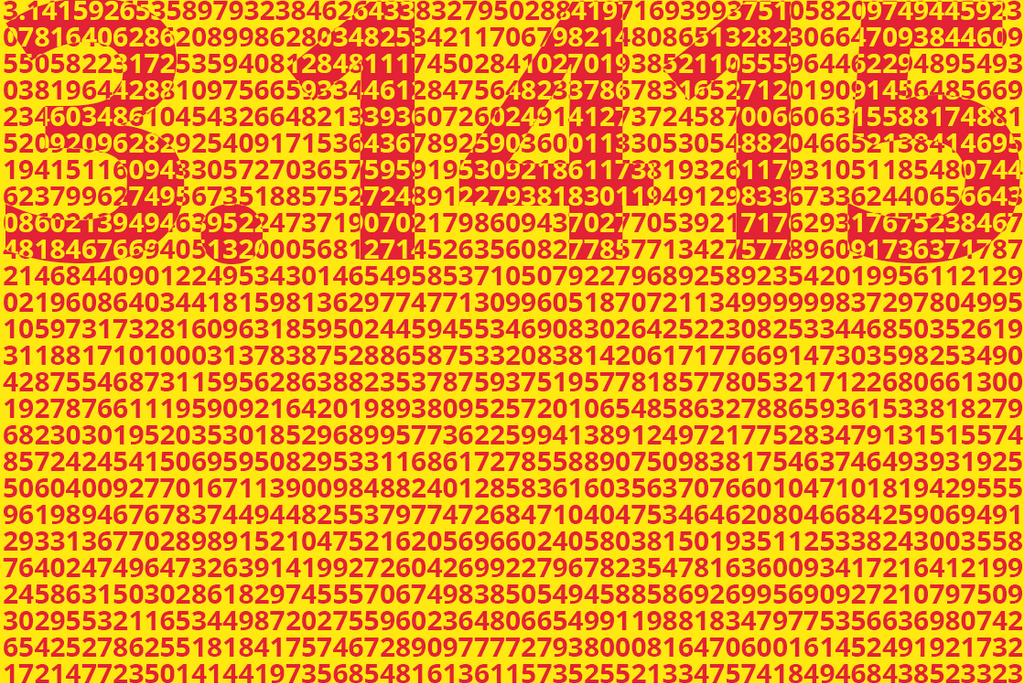
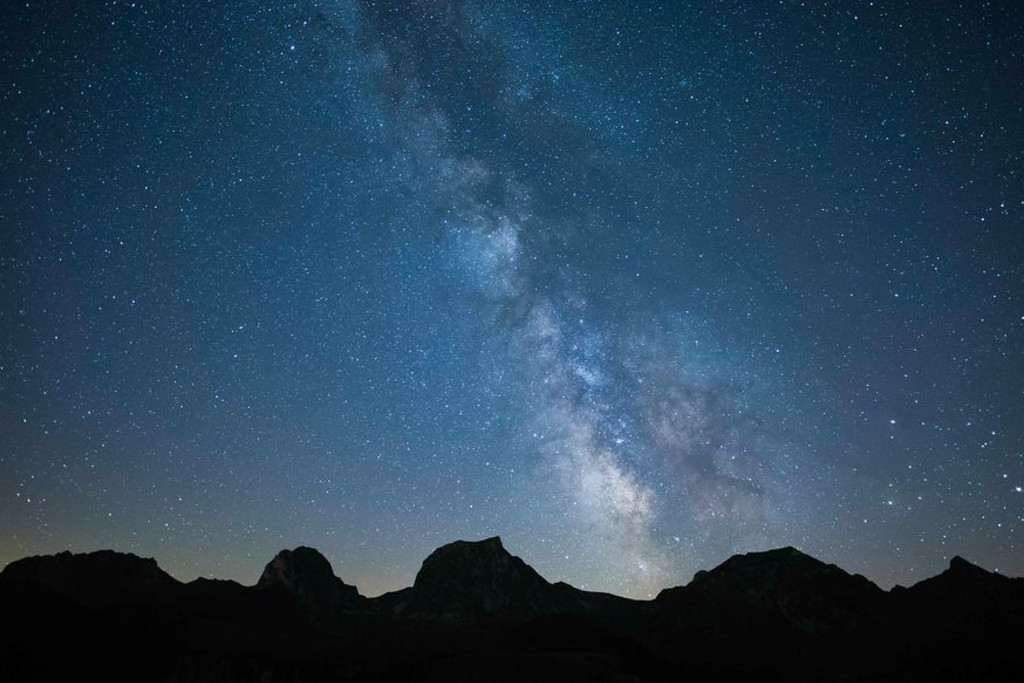
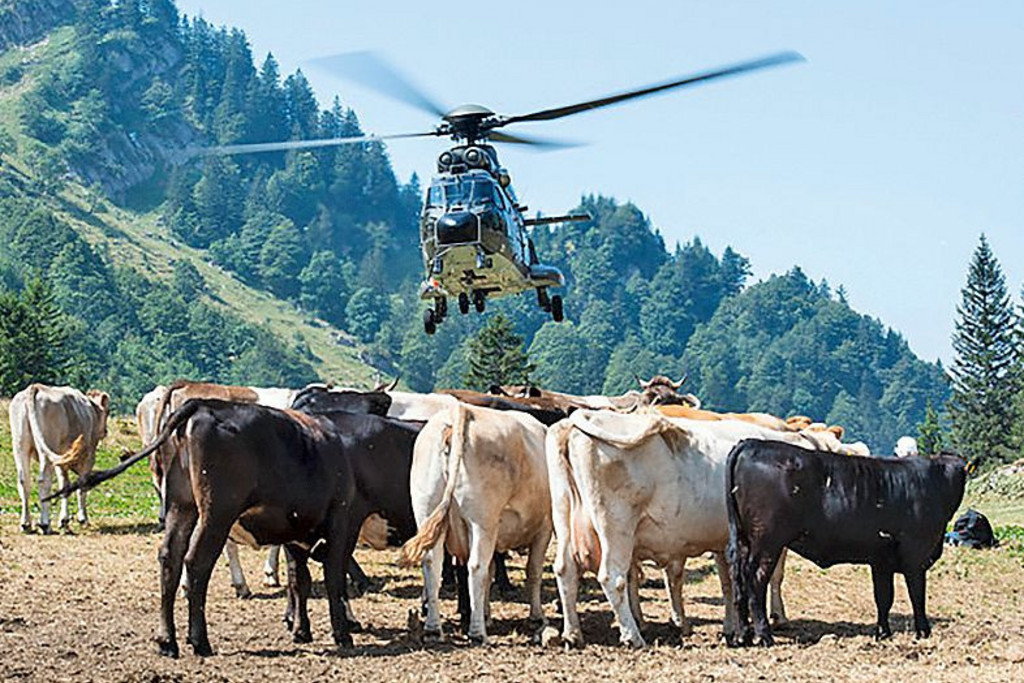
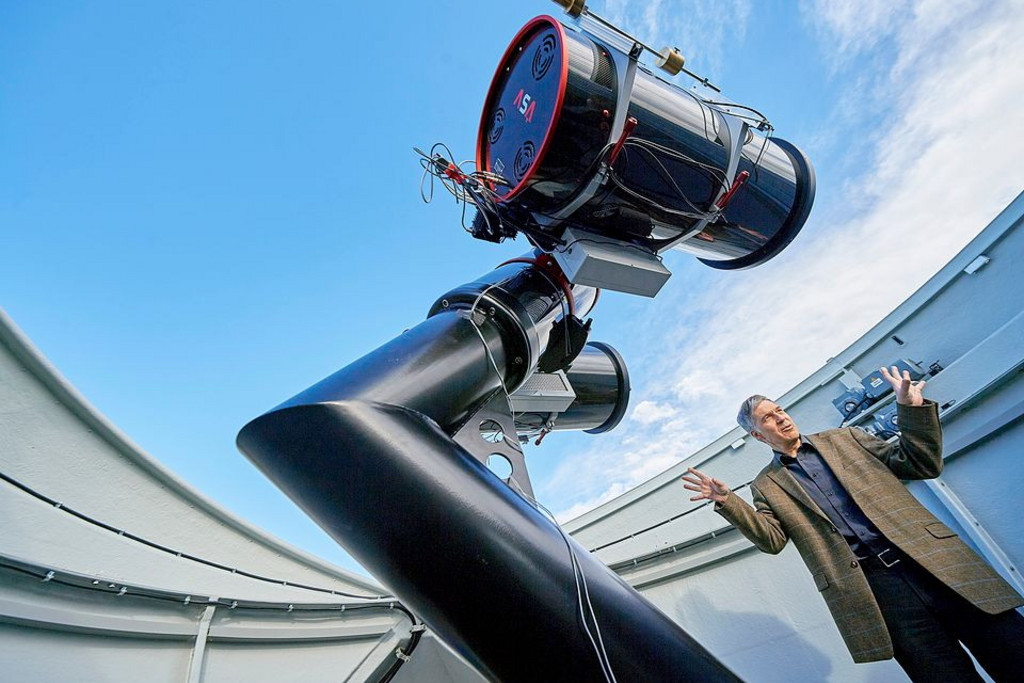
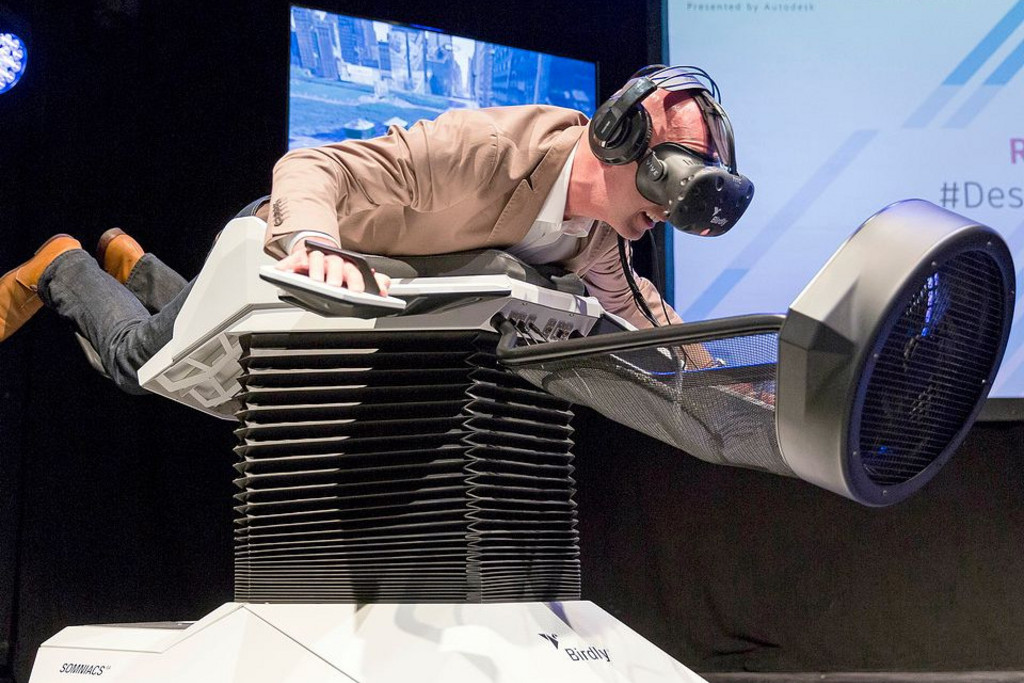



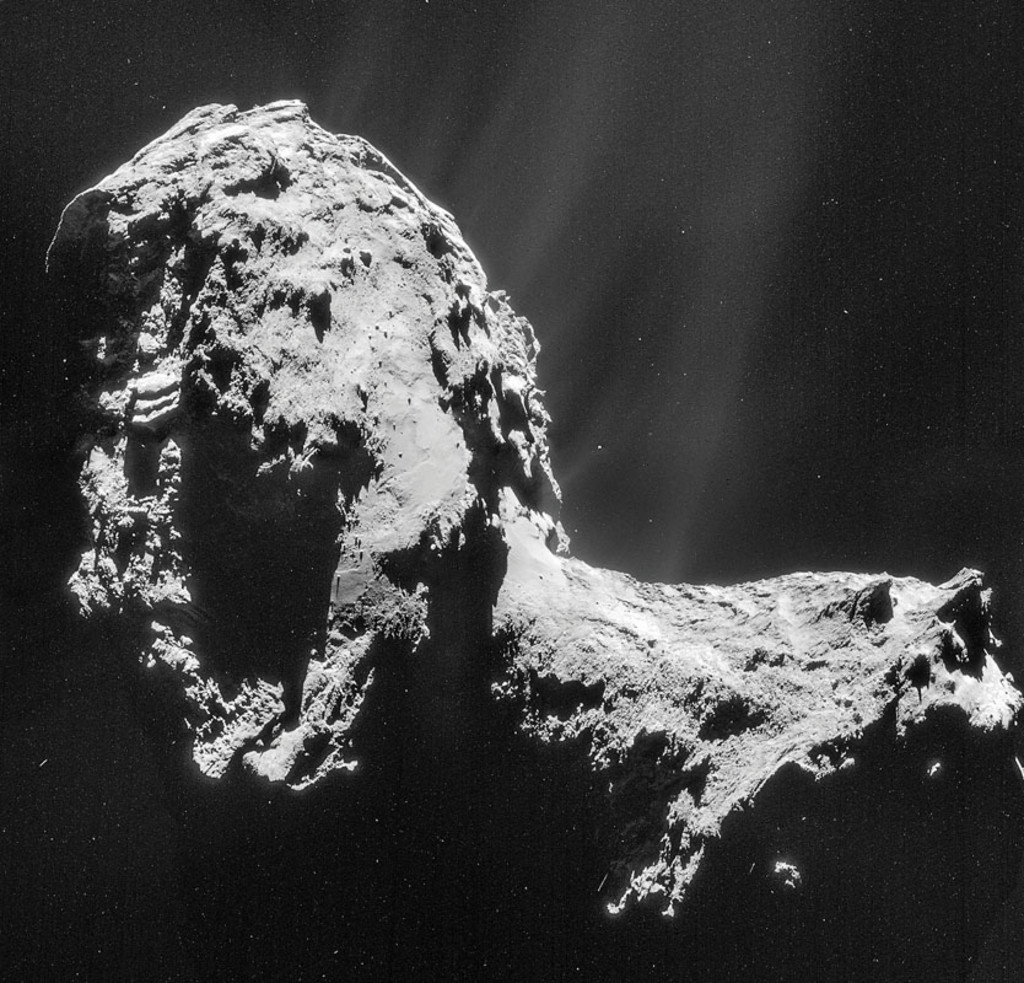
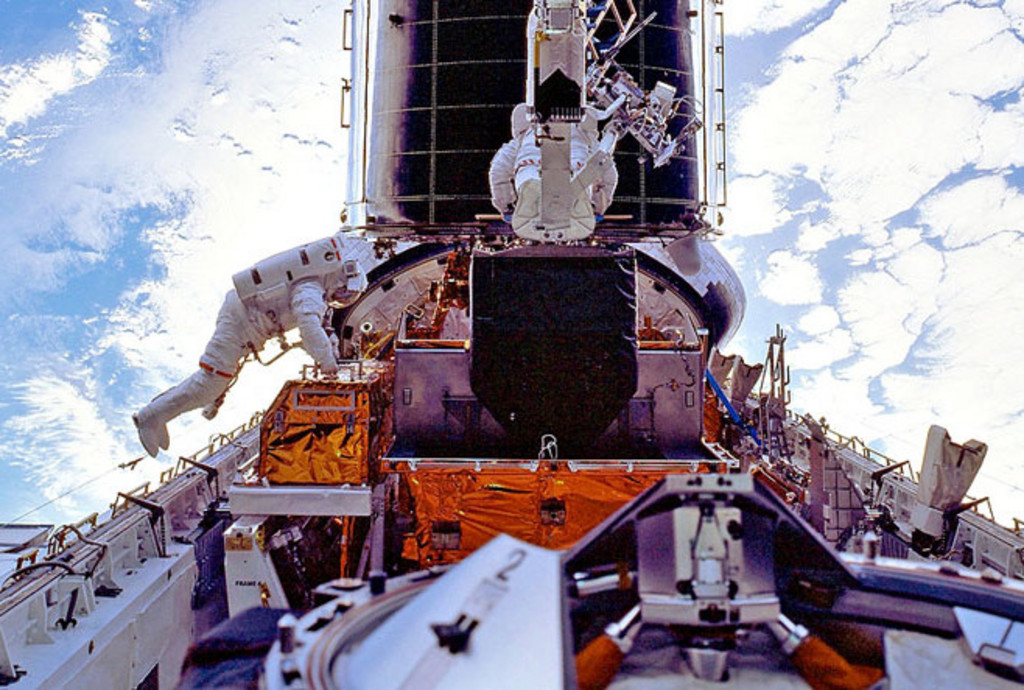
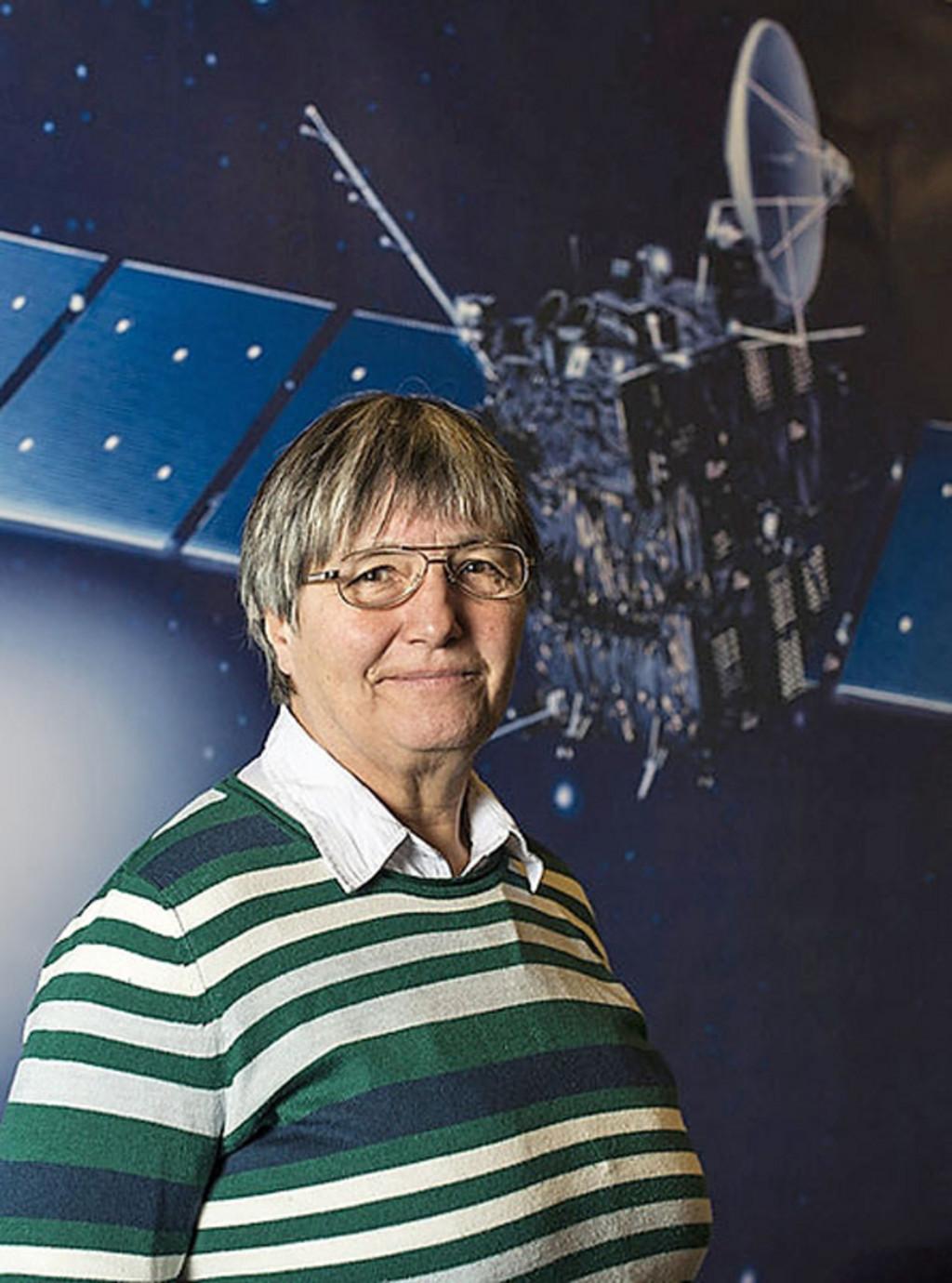
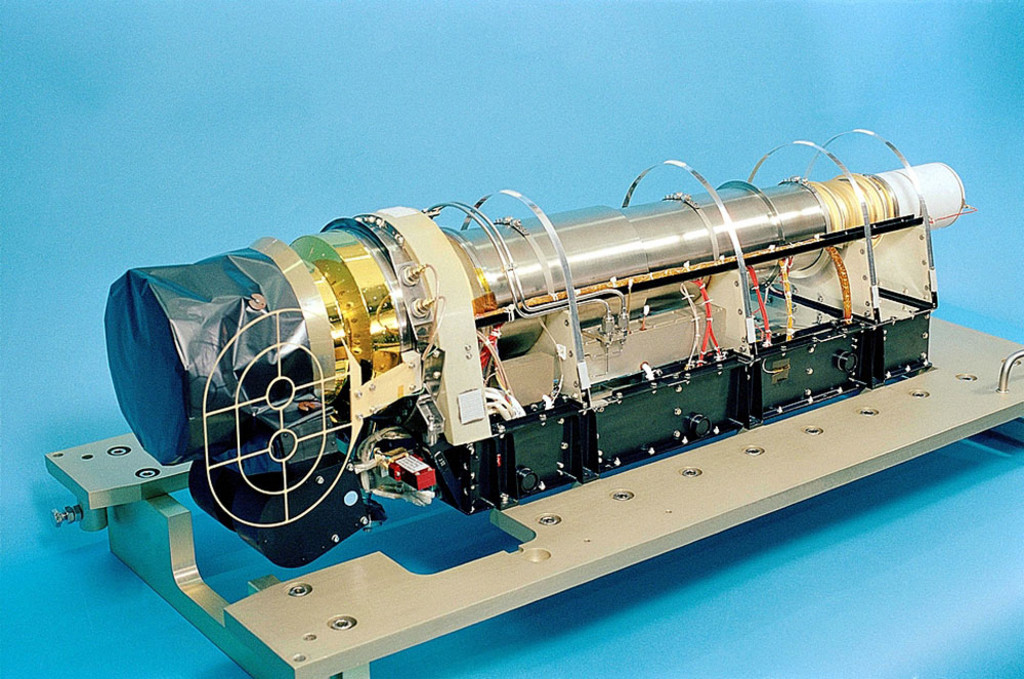
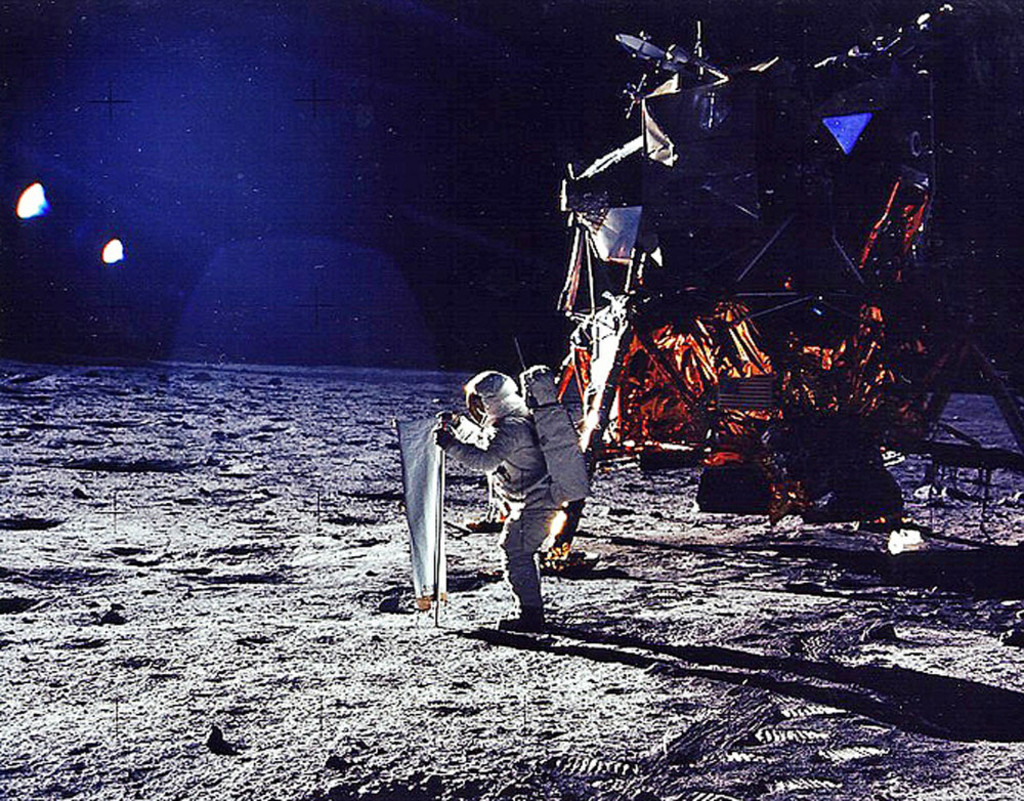
Comments
Comments :
The discovery by Michel Mayor et Didier Queloz from L'Observatoire de Genève of the first exoplanet ever detected in 1995 is a big contribution of swiss astronomers to the astrophysics quest that isn't much emphasised here.
ABER ES GIBT IMMER WIEDER ZUHAUF MISSINFORMIERTE MITBUERGER DIE NACHPLAPPERN WAS ANDERE VORPLAPPERN...
DIE WELT BESTEHT AUS ENDLOSEN VERSCHWOERUNGSTHEHORIEN VOLL VON DAVINCI CODES ..
GRUSS AUS DEM MISSVERSTAENDNIS
PAUL
Bleiummantelung der Raumkapsel nicht lebend machbar. Keine
Weltraummission hat den Van Allen-Guertel je durchquert.
"Als Normwerte gelten im gesamten Van-Allen-Gürtel 0,7–1,5 mSv pro Tag"
"Zum Vergleich: In Europa beträgt die mittlere Strahlungsdosis auf Meereshöhe etwa 2 mSv/tag"
Aber Herr Sch(w)erzmann wird wahrscheinlich behaupten, dass die Angaben in der Wikipedia auch gefälscht sind und die Wahrheit von der Weltregierung unterdrückt wird oder so was ähnliches.